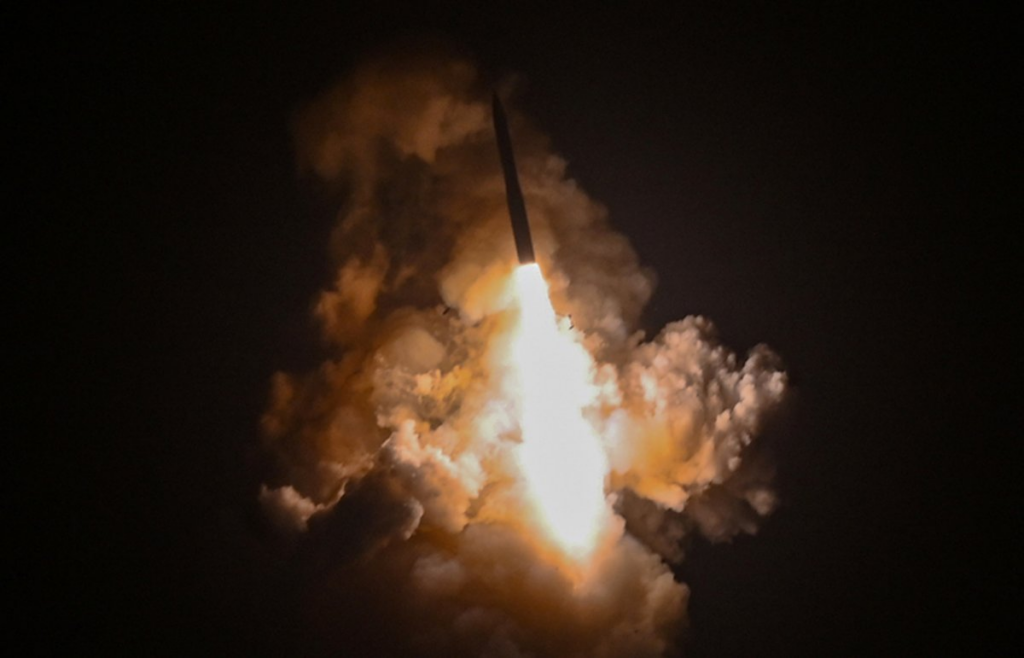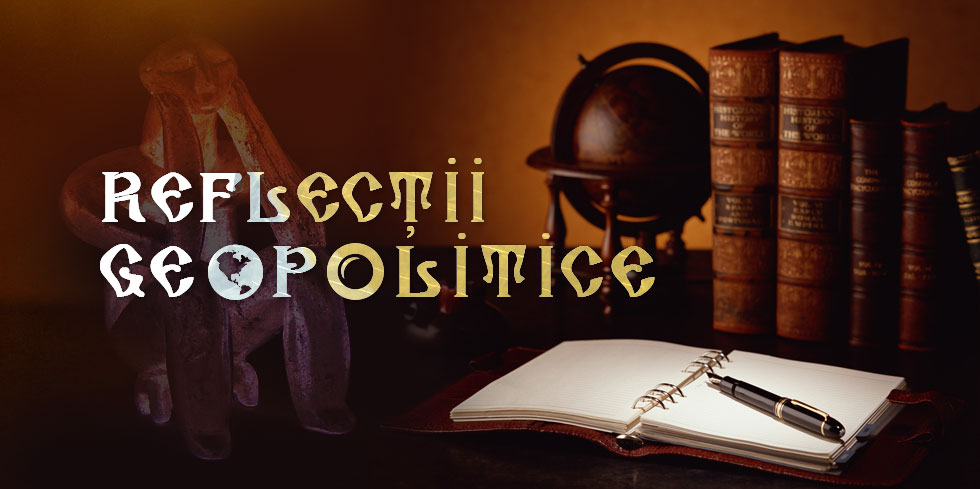
The number of nuclear warheads ready for use by nine countries has slightly increased from last year, reaching over 9,600 warheads, according to a Japanese think tank’s report.
Russia, the United States and China remain the world’s three largest countries in terms of the size of their nuclear arsenals. Newsweek has contacted the U.S. Department of Defense, the Chinese Defense Ministry and the Russian Defense Ministry for comment via email.
Why It Matters
The report provided by the Research Center for Nuclear Weapons Abolition at Nagasaki University. Nagasaki was the second city in the world—after Hiroshima—to come under a nuclear attack when the U.S. detonated an atomic bomb there on August 9, 1945, prompting Japan’s surrender and officially ending World War II.
This year marks 80 years since the first use of a nuclear weapon in human history. While there has been no use of this type of weapon of mass destruction against another country since the war, two nuclear rivals in South Asia—India and Pakistan—exchanged large-scale fire last month, while other nuclear-armed countries continue to modernize their arsenals.
In addition to the aforementioned five countries, France, the United Kingdom, Israel—which are U.S. allies—and North Korea are confirmed or believed to possess nuclear weapons.
What To Know
The Research Center for Nuclear Weapons Abolition announced on Wednesday that the number of deployable nuclear warheads—those ready for immediate use or stored for potential deployment—had increased by 32 from last year, reaching 9,615.
The estimated number is based on data from the Federation of American Scientists and the Stockholm International Peace Research Institute.
With regard to the three largest deployable nuclear arsenals, Russia had 4,310 warheads, a decrease of 0.8 percent from 2018, while the U.S. possessed 3,700, a decrease of 2.6 percent. In contrast, China’s arsenal increased by 150 percent, reaching 600 warheads.
Among all the nuclear powers, China has seen the most significant increase in its number of warheads, adding 360 to its arsenal. Chinese President Xi Jinping ordered the country to accelerate the buildup of nuclear forces, even as Beijing called on Russia and the U.S. to pursue nuclear disarmament.
Meanwhile, North Korea—which tested nuclear weapons between 2006 and 2017—has seen the highest percentage increase in its number of warheads, rising by 233 percent. However, with 50 warheads, the Northeast Asian nation possesses the world’s smallest nuclear arsenal.
According to the Japanese think tank, the number of deployable nuclear warheads worldwide has been trending upward since 2018. The most recent estimate, as of this month, shows an increase of 364 nuclear warheads—designed for operational use—in just under a decade.
By including non-deployable nuclear warheads—those retired or awaiting dismantlement—the total number of nuclear warheads across all nuclear-armed countries reached 12,340.
What People Are Saying
The Research Center for Nuclear Weapons Abolition said in a news release on Wednesday: “The United States and Russia account for more than 80 percent of the total number of active nuclear warheads and needless to say bear a special responsibility for nuclear disarmament, but the remaining seven countries’ share also increased from 12 percent in 2018 to 17 percent in 2025.”
U.S. Air Force General Anthony J. Cotton, the commander of the U.S. Strategic Command, testified at a Senate Armed Services Committee hearing on March 26: “To effectively deter adversaries across the spectrum of threats requires sustained legacy triad systems and urgently completing the multigenerational, decades-long modernization of all three legs of the nuclear deterrent and its critical [nuclear command, control and communications] systems.”
Senior Colonel Wu Qian, a spokesperson for the Chinese Defense Ministry, said on February 27: “On defense budget, the U.S. military spending has topped the world for many years in a row and is higher than that of the following eight countries combined, which deeply concerns the international community. I believe that the U.S. should put ‘America First’ into practice in this regard, and be the first to cut its nuclear arsenal and military expenditure.”
What Happens Next
All nuclear-armed nations are expected to continue modernizing their arsenals amid conflicts around the world, such as the war in Ukraine, tensions on the Korean Peninsula and in the Taiwan Strait, and the great power competition among the U.S., Russia and China.
